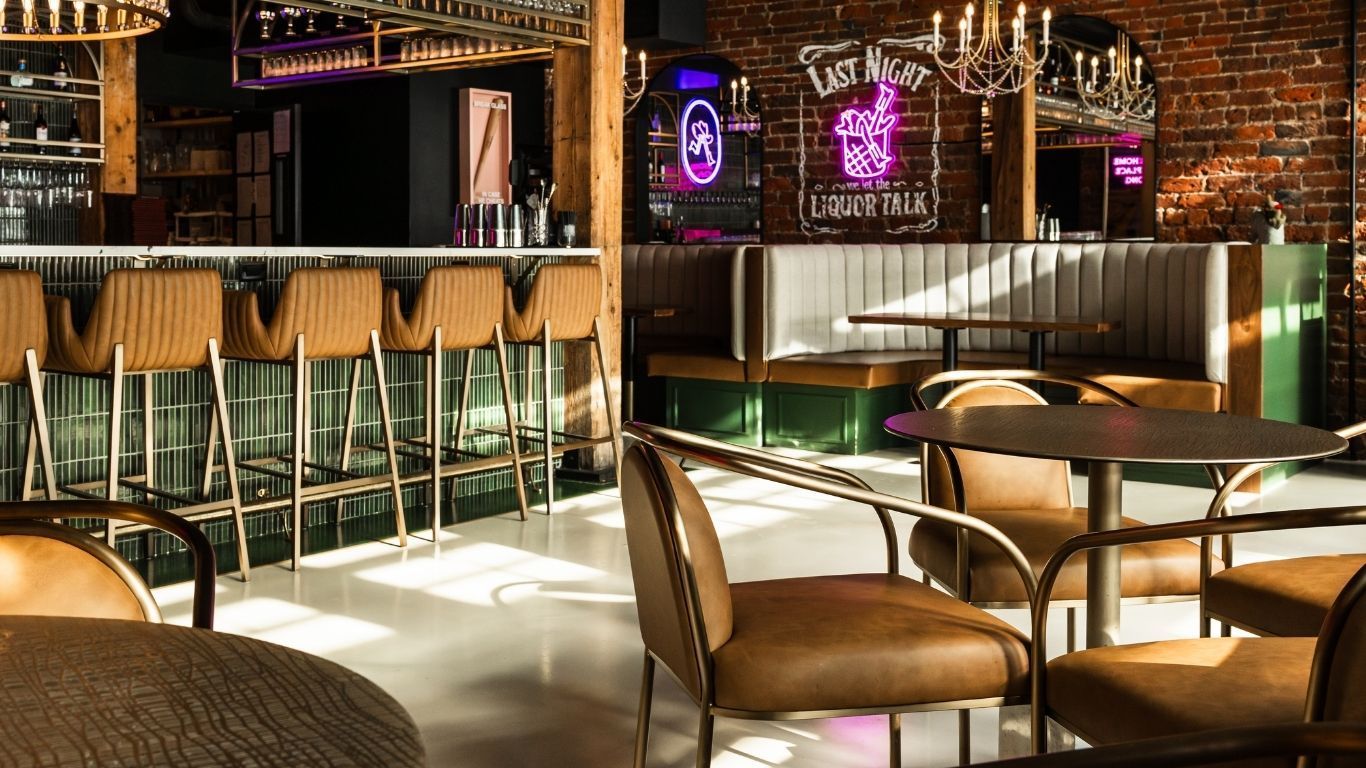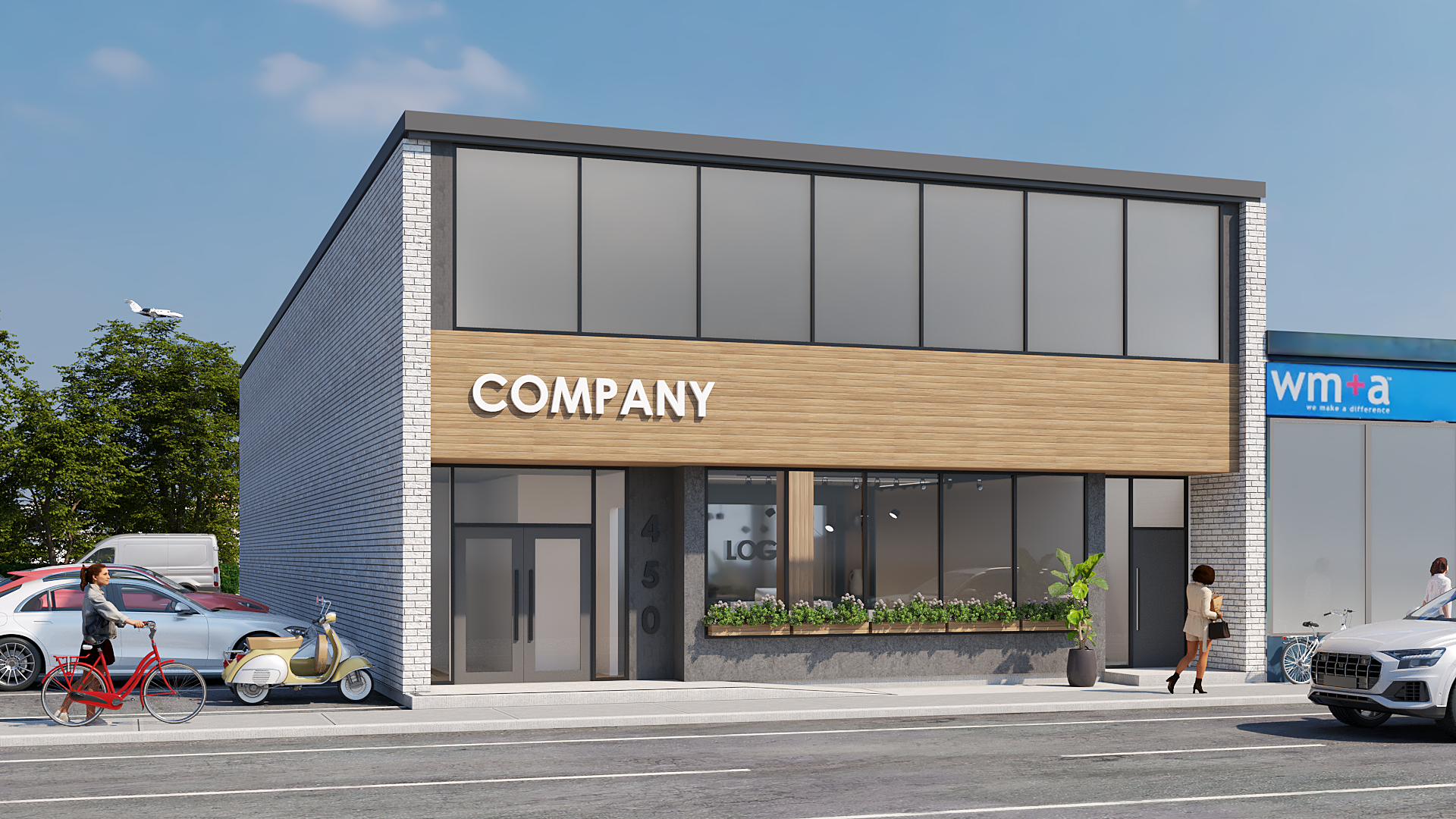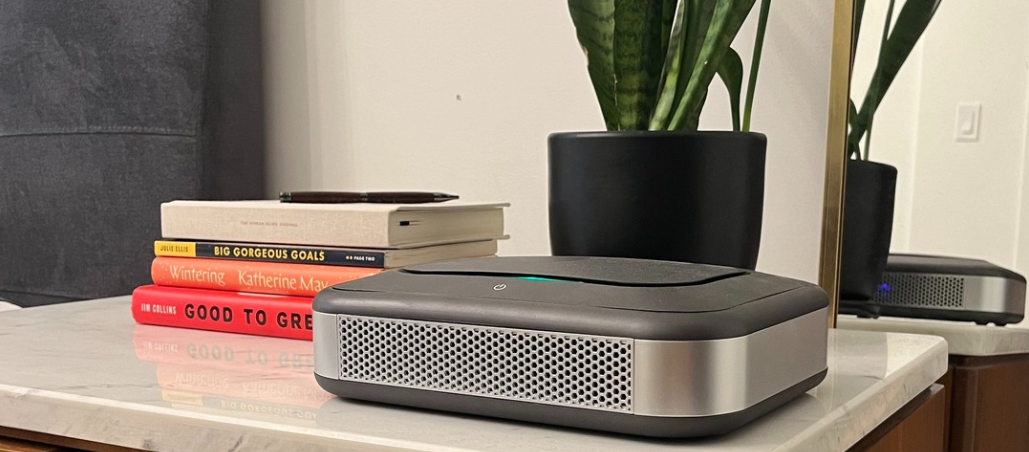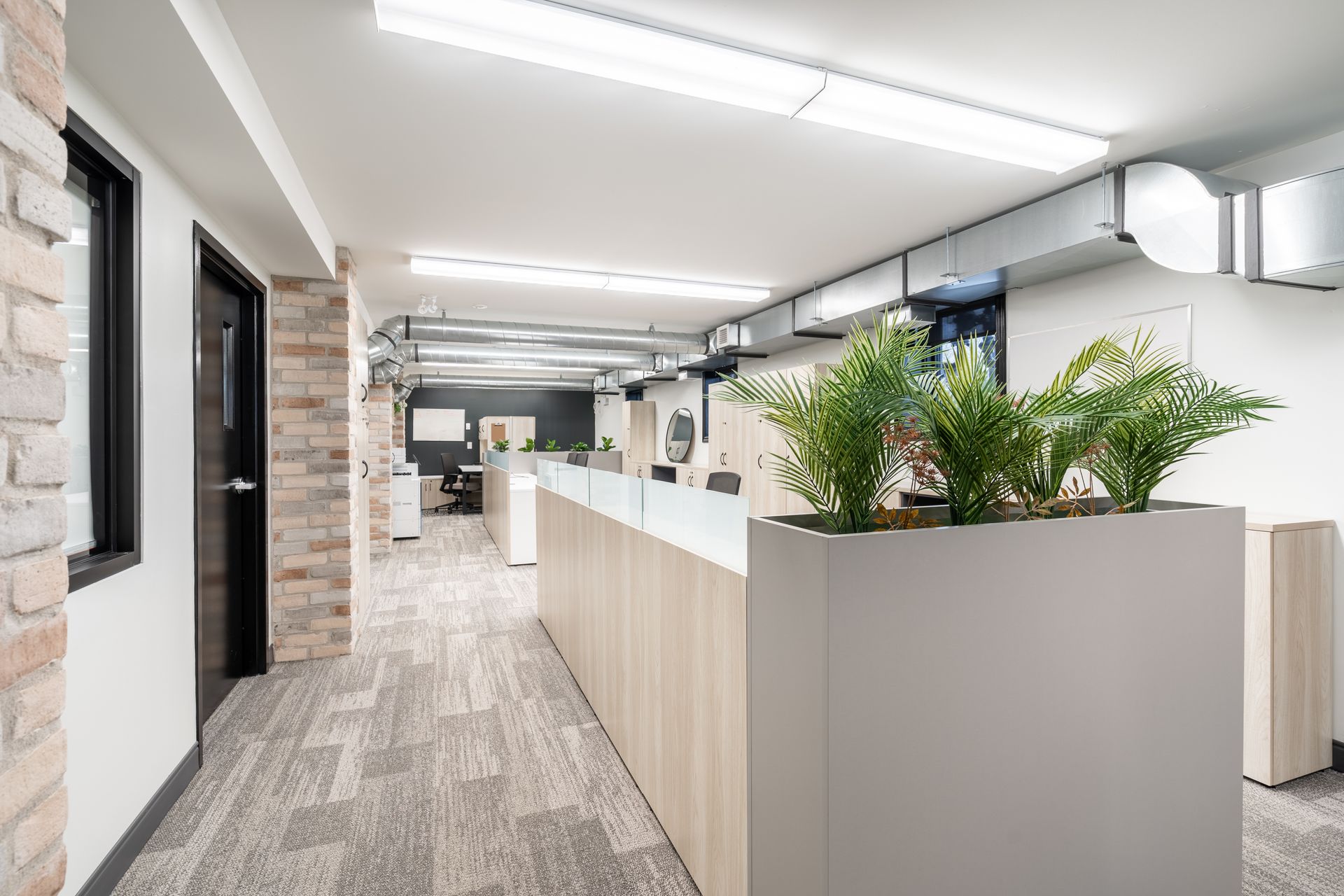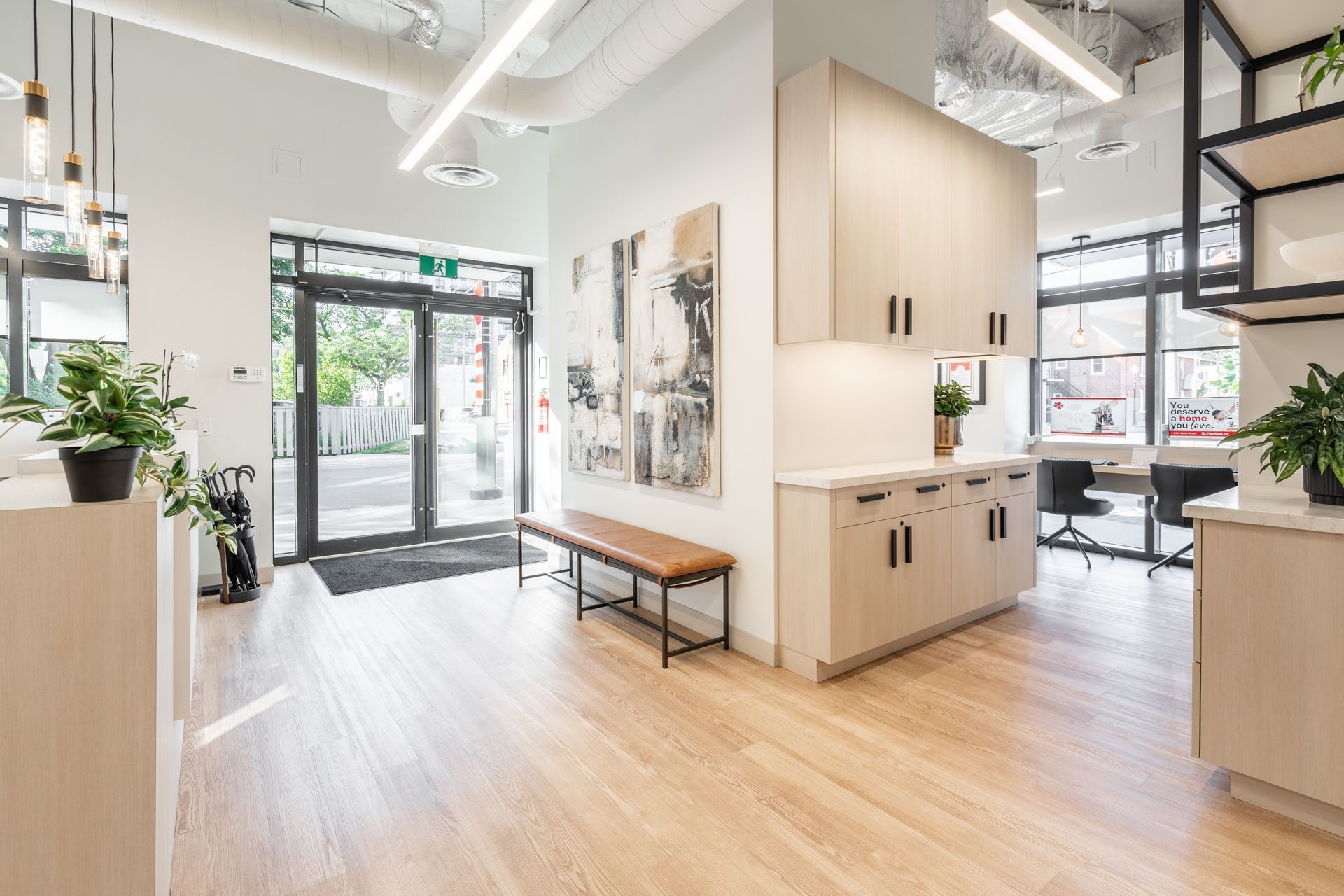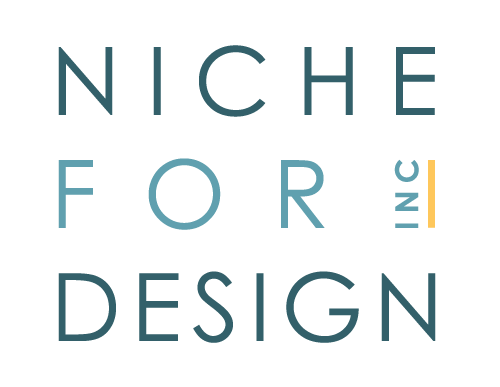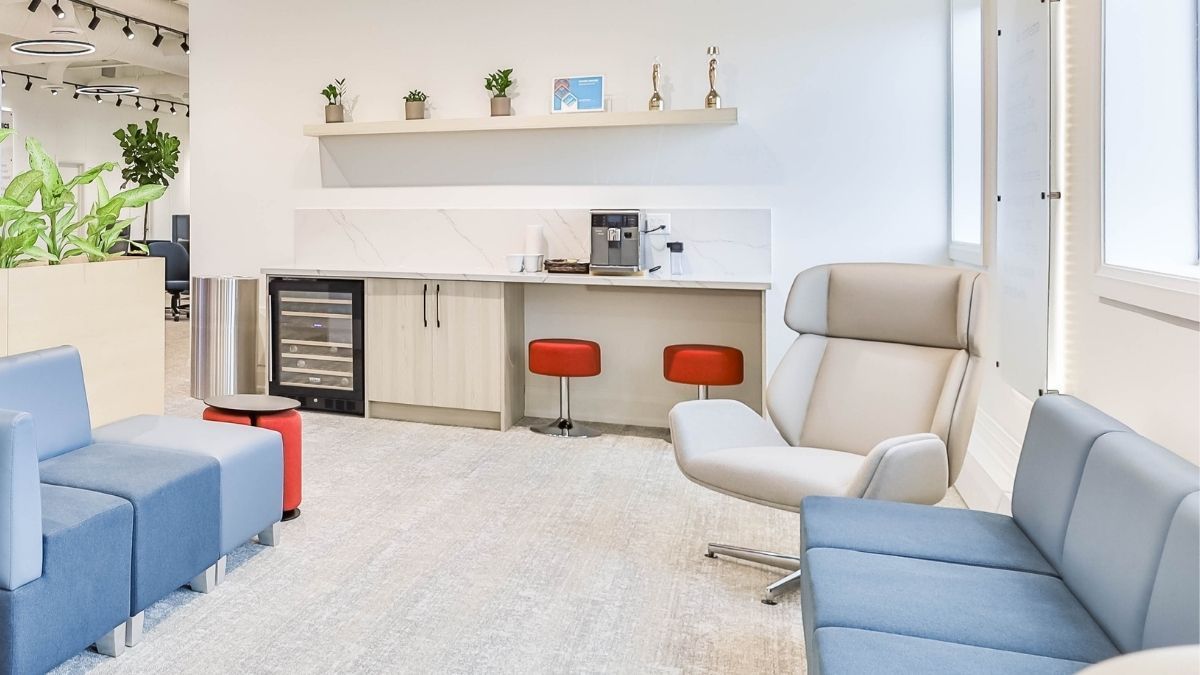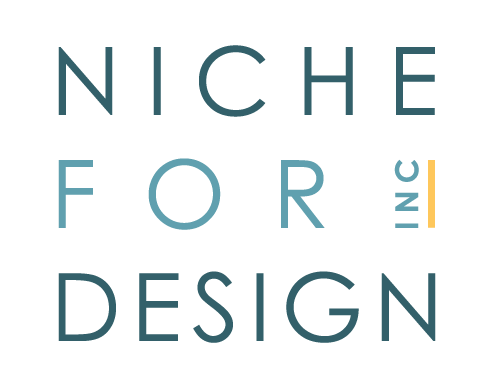How to Improve Office Space Utilization

Strategic Hybrid Policy Framework informs a "Right-Sized" Office and Optimal ROI.
Today, motivated leaders are facing a dilemma. Despite pouring resources into the workspace, their team seems disengaged, and their facility budget feels like a black hole of wasted opportunities. If this sounds familiar, you are not alone. Leaders around the world are grappling with what seems like an impossible situation. You are paying for an office space, but it is largely underutilized.
For many, a post-pandemic paralysis has ensued. Should we keep the office for when everyone returns? Will everyone return? Should they return, and for what purposes will they utilize the office? While the answers to these questions are somewhat subjective, there are a few things we know for sure. Most employees do like the choice and flexibility that remote (and hybrid) work provides for their lifestyle. However, most employees, especially the younger generations, still want the opportunity to connect and network in person. Digital communication does not provide the same meaningful connection opportunities as in person and this is critically important for employee engagement. Fascinating research on in-person communication and connection is being released constantly. Here is one example from May 2023. Even fully remote teams have introduced core-weeks where their teams work together in person. Some research suggests that the Pareto principle (also known as the 80/20 rule) even applies here! Remote work is beneficial, and connecting in person is also beneficial. The best case scenario is a balance of the two.
The solution to your underutilized office requires 3 steps:
#1- Hybrid Policy Framework
If you are not 100% clear on what your team(s) need, make that a priority. Talk to your leadership team, and managers and find out what type of work has been most effective in the office. You want to get a sense of when and how your teams should be together in person, and create a policy framework that offers the right balance of flexibility and intentional structure. Being mandated to sit at a desk by yourself for 3 days a week, doing the exact same things you do at home, is not the best solution. Does this mean that all in-office days need to be team meetings? Definitely not, however, there should be a clear purpose for being on site and interaction should be naturally facilitated.
#2- Audit Your Workspace
Does your office support the type of activities that your hybrid policy identifies as occurring on in-office days? Is there enough meeting space? Quiet space? Part of this audit may occur in tandem with your hybrid policy. Doing this will help to identify days when the office may be more or less utilized and will help to understand whether your current space is optimal both in terms of size and configuration. Our Feasibility Studies provide exactly this insight and make it easy to determine whether you are overspending on space!
#3- Optimize Your Space
Modifications to your work environment, based on your clear Hybrid Policy and Workspace Audit could be as simple as a few layout changes or as major as a 50% reduction in real estate costs or a move to a Free-Address model (read more about this trend here). If your team is Hybrid you are likely spending more than you need to on your office space while still not having it function optimally.
Want to learn more about how to align your Hybrid Policy and Facilities planning to optimize the ROI for your people and your space?
In this webinar, our expert hosts will unveil an easy hybrid policy framework designed to help leaders discern their organization's true spatial needs for boosting employee engagement. Moreover, attendees will learn how to optimize their real estate investment by strategically "right-sizing" their facilities.
Join us on this transformative journey! Discover how to tailor your workspace to support a people-first culture and maximize your office's potential.
Access the FREE recording and unlock the power of your workspace today!
Like this resource? Feel free to share...
